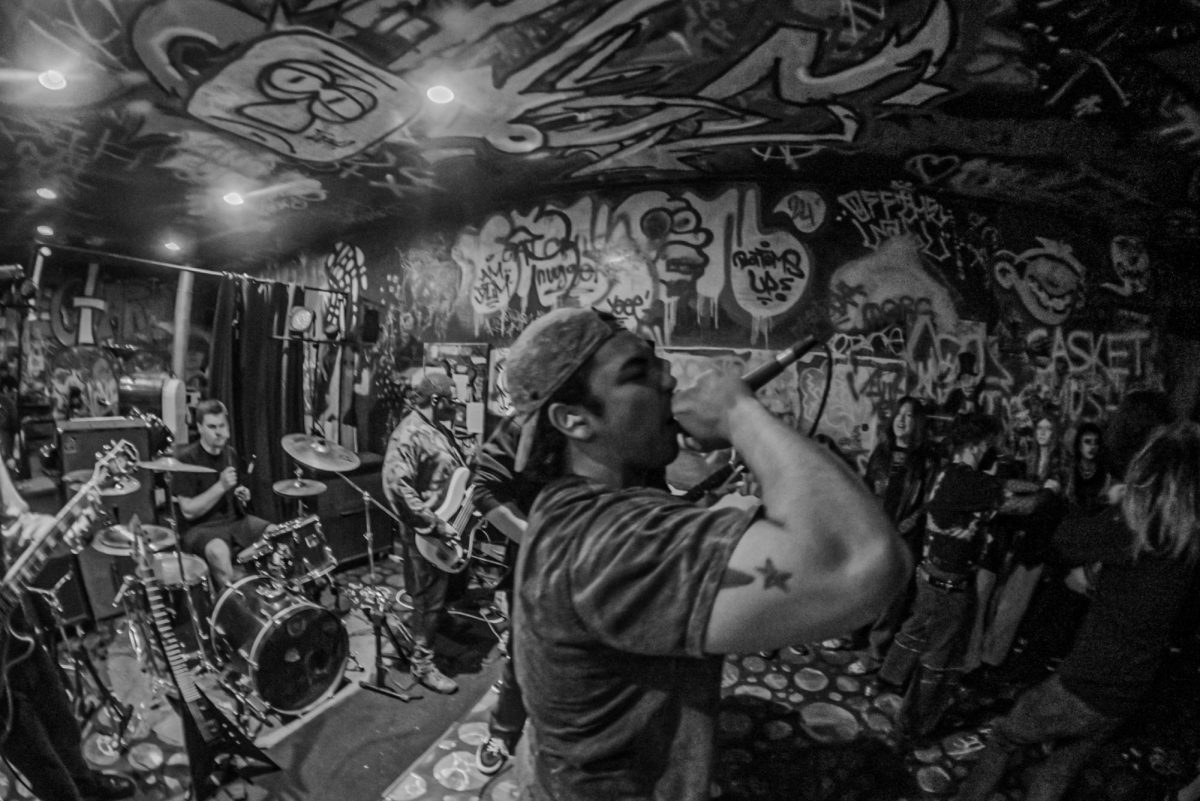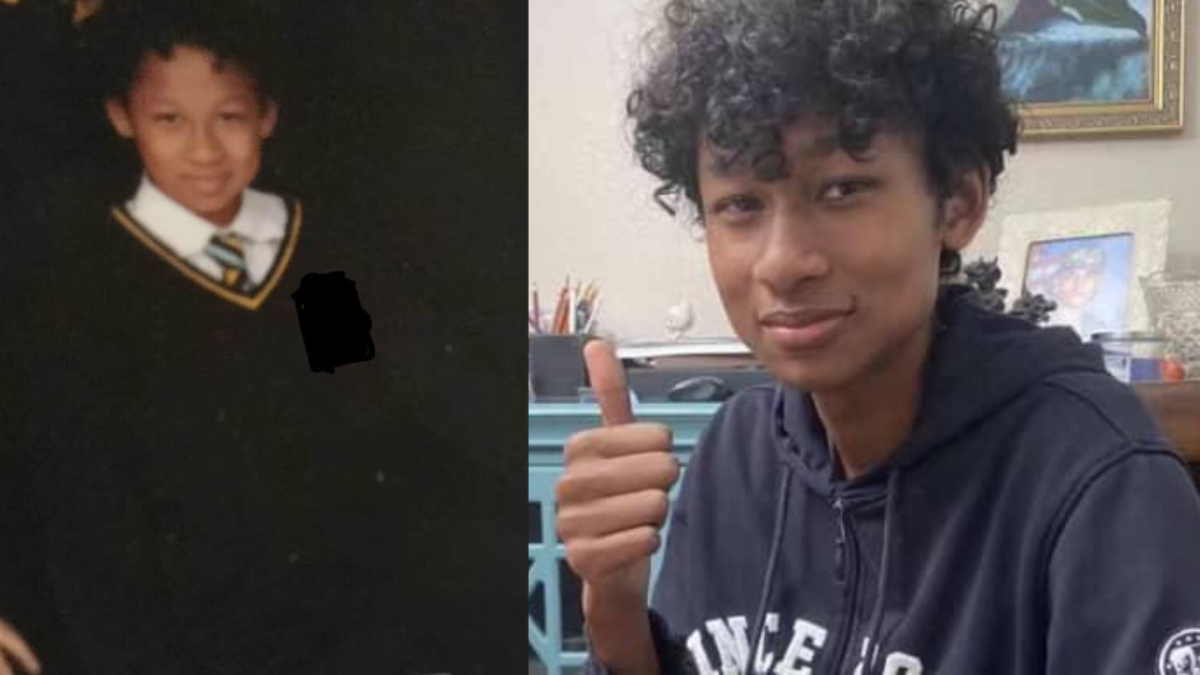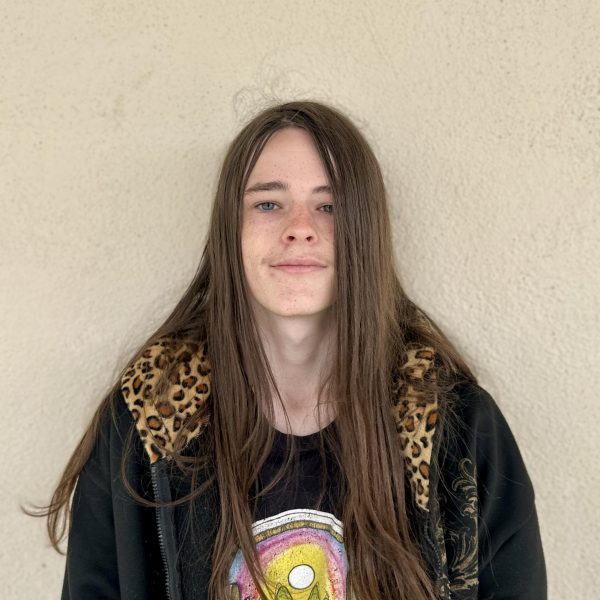No matter the race, gender, or age, music connects and brings people together. Even though music promotes such diversity, creating a community is much harder than it would seem. Music is the kindling, but the people are the catalyst for the fire that is the music scene.
Metal is not often seen as a “mainstream” genre, and, due to this, the scene struggles to bring together a large group of people.
“I found out [about the metal scene] around January of 2024,” metal enthusiast Alex Depew (‘27) said. “If I knew about it sooner, I totally would have gone.”
The common perception that the metal community is violent or destructive—due to practices like moshing—makes it difficult to find the perfect environment for a metal scene.
“[Metal] has this reputation of being all about rebellions and revolution,” promoting group Anomaly House Collective owner Dominick Balsamo said.
Despite struggles with building a community, as of recently, local metal enthusiasts have a thriving and lively music scene, with shows nearly every weekend. The masterminds behind this spike of activity within the community are the promoters, which are people or groups who create, advertise, and fund concerts. Some of these promoting groups include G3 Events, Central Coast Music Productions, Village Hardcore Shows, Anomaly House Collective, Intent Productions, and many others.
“[A metal scene] gives a place to blow off steam,” Balsamo said. “It gives community to people who might be outsiders otherwise.”
Promoters like Balsamo understand the importance of giving a home and community to those who feel like outsiders by creating inclusive and safe environments for all to bond over metal.
Other metal scenes struggle to create these inclusive environments. Balsamo witnessed this firsthand in places such as L.A. where he saw an “egotistical and gatekeeping” culture. A positive metal scene stems from the community’s acceptance and expression of a shared love of metal.
While the SLO metal scene is currently abundant in shows, it has not always been like this. When Balsamo began his journey into metal he never saw a large scene.
“I first started promoting in high school, no one was really promoting shows [at the time],” Balsamo said.
Over the years, Balsamo and others who began promoting saw the scene in the area grow. Shows went from scarce to constant.
“[ The scene had] a lot of good energy, but then once COVID came along, everything just kind of stopped. It was just a halt on everything,” promoting group Intent Productions owner Garret Simas said.
After the COVID-19 pandemic, the metal scene struggled to gain traction once they could open again.
“We’ve been trying to help revitalize the scene in this area and it’s starting to go really well,” Simas said. “Just within the past year or so, metal has been coming back into the mainstream and media.”
As metal has drifted back into the public eye, the fight to revitalize the metal scene has become much quicker. But, the growing popularity can cause some problems.
“Overexposure is a problem you have when there’s shows literally every weekend,” Balsamo said.
Shows can have as little as 10 people to as many as 50. When shows are constant, it becomes less of a special occasion, as there will be another show each weekend. This can lead to people losing interest, and shows become less populated unless there is some huge band playing.
“ There could be conflicting schedules,” Simas said. “[Or] one band may have more draw than [another].”
Conflict between shows and band popularity are both problems that are prominent with the frequency and amount of shows and bands. While problems such as these can pose difficulties to the growing metal community, promoters work hard to counteract these problems.
“Keep it fun, keep it creative, and keep it safe,” Balsamo said. “[We make] sure we can continue to put on quality shows and that those shows are safe spaces.”
Making sure that everyone can enjoy a high-quality metal experience is the top priority of the promoters.








